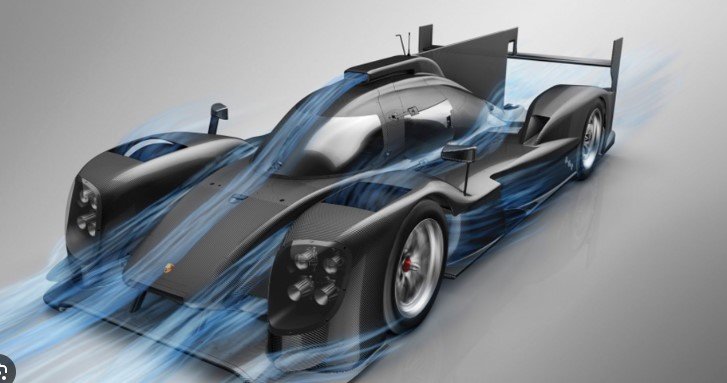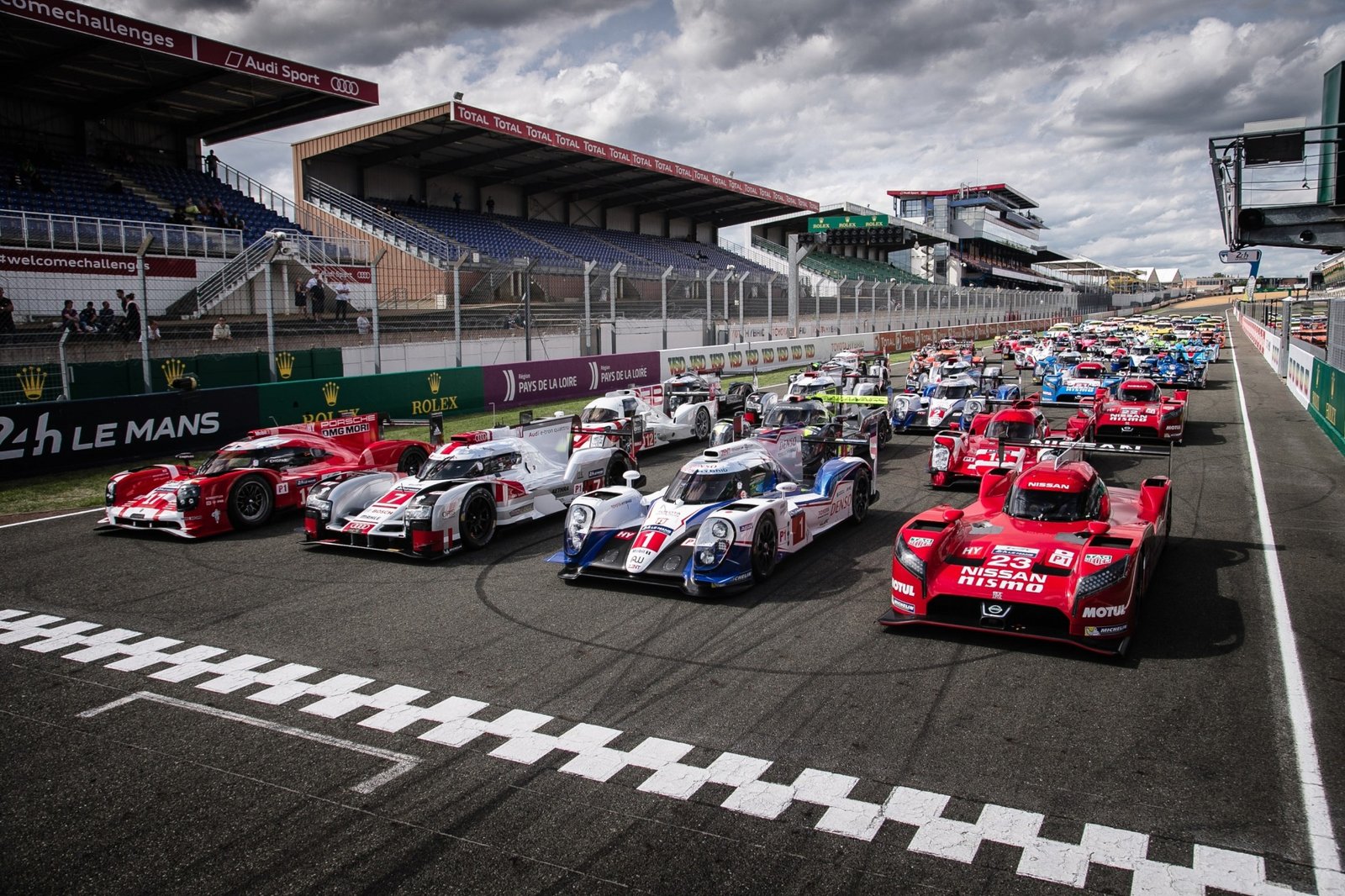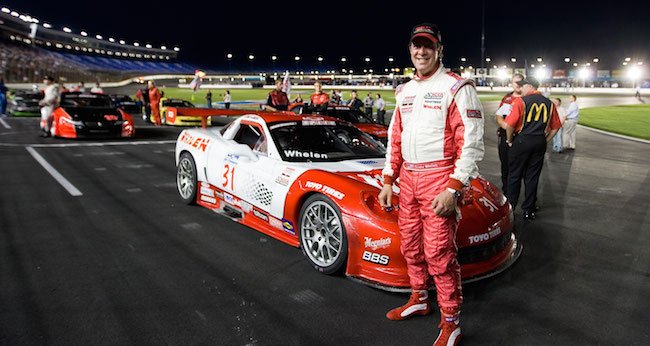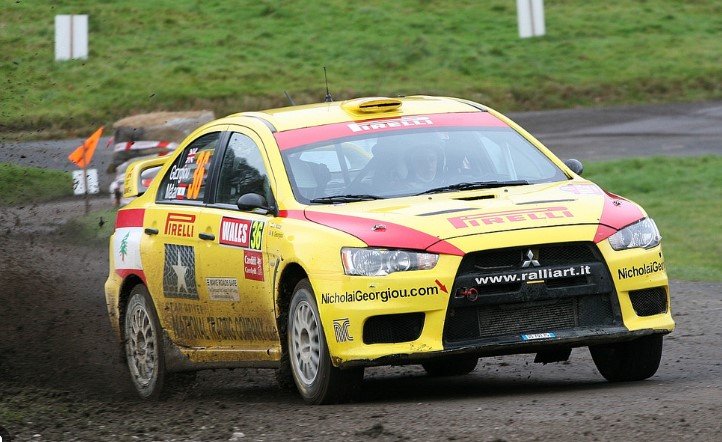Aerodynamics plays a crucial role in motorsports performance. In racing, every second counts. Teams aim to reduce drag, increase downforce, and optimize airflow around the car to achieve better speed and stability. This post will explore how aerodynamics impacts motorsports performance and why it is essential for success on the track.
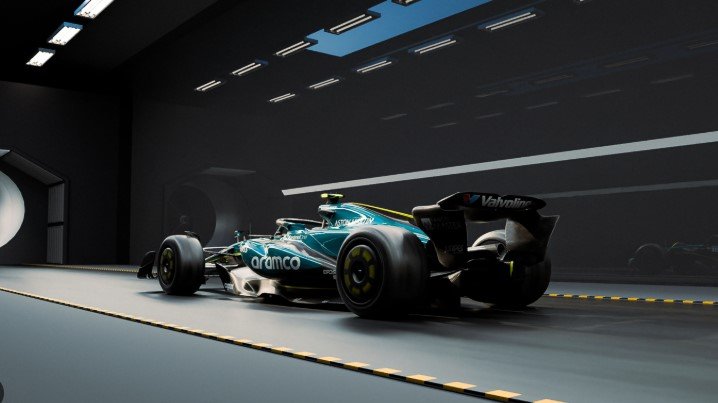
Understanding Aerodynamics in Motorsports
Aerodynamics in motorsports refers to the study of how air flows around a racing vehicle. The design of a car’s body, including its wings, spoilers, and underbody, is carefully crafted to control airflow. A well-designed aerodynamic structure reduces air resistance, which allows the car to move more efficiently through the air.
The goal is to minimize drag while increasing downforce. Less drag means the car can reach higher speeds, while more downforce improves stability, especially during high-speed turns. Teams invest heavily in wind tunnel testing and computer simulations to fine-tune their car’s aerodynamics. This ensures maximum performance on the track.
Reducing Drag for Faster Speeds
One of the primary objectives in motorsports aerodynamics is reducing drag. Drag is the air resistance that slows down the car as it moves forward. The more streamlined the car, the less air resistance it faces. By shaping the car’s body in a way that allows air to flow smoothly around it, engineers can reduce drag significantly.
For instance, in Formula 1, cars are designed with smooth, curving surfaces and tight fitting body panels. This allows the car to cut through the air more efficiently, helping it achieve higher speeds. Reducing drag is essential for gaining a competitive edge, as it directly impacts how fast the car can go on straight sections of the track.
Increasing Downforce for Better Handling
While reducing drag increases speed, increasing downforce improves handling. Downforce refers to the force that pushes the car down towards the track. This is critical for keeping the tires in contact with the road, especially during high-speed corners. More downforce means more grip, which allows drivers to take turns at higher speeds without losing control.
Aerodynamic features like front and rear wings, diffusers, and spoilers help create downforce. These components direct airflow in ways that push the car down. In Formula 1 and other racing series, teams adjust these components to find the optimal balance between downforce and drag. Too much downforce can increase drag, so engineers must find a perfect balance to maximize performance.
The Role of Aerodynamic Components in Performance
Various aerodynamic components directly affect a car’s performance. The front and rear wings are the most noticeable parts of a car designed to create downforce. These wings generate a high-pressure area on top and a low-pressure area underneath, creating a downward force that pushes the car onto the track.
In addition to wings, components like the underbody and side pods are also crucial. The underbody of a car is designed to create a ground effect, which generates additional downforce without adding significant drag. Side pods help channel air around the car and manage heat generated by the engine. These features all work together to optimize the car’s overall aerodynamics.
Aerodynamics in Different Motorsports
Aerodynamics affects all types of motorsports, but the design priorities differ depending on the type of racing. In Formula 1, where precision and speed are paramount, teams focus on fine-tuning every aspect of aerodynamics for maximum downforce without sacrificing speed. On the other hand, in NASCAR, where racing involves more high-speed oval tracks, aerodynamics is optimized for reduced drag to achieve higher top speeds on straights.
In endurance racing, such as the 24 Hours of Le Mans, teams focus on a combination of speed and durability. Cars are designed to withstand longer races while maintaining aerodynamic efficiency to prevent overheating and improve fuel efficiency. Each motorsport requires a unique approach to aerodynamics, based on the specific challenges of the track.
Conclusion
Aerodynamics significantly impacts motorsports performance. Reducing drag and increasing downforce are key factors in achieving higher speeds and better handling. Engineers continuously refine aerodynamic designs to maximize efficiency, giving drivers the tools they need to compete at the highest level. Whether in Formula 1, NASCAR, or endurance racing, the role of aerodynamics is essential to a car’s success on the track.





